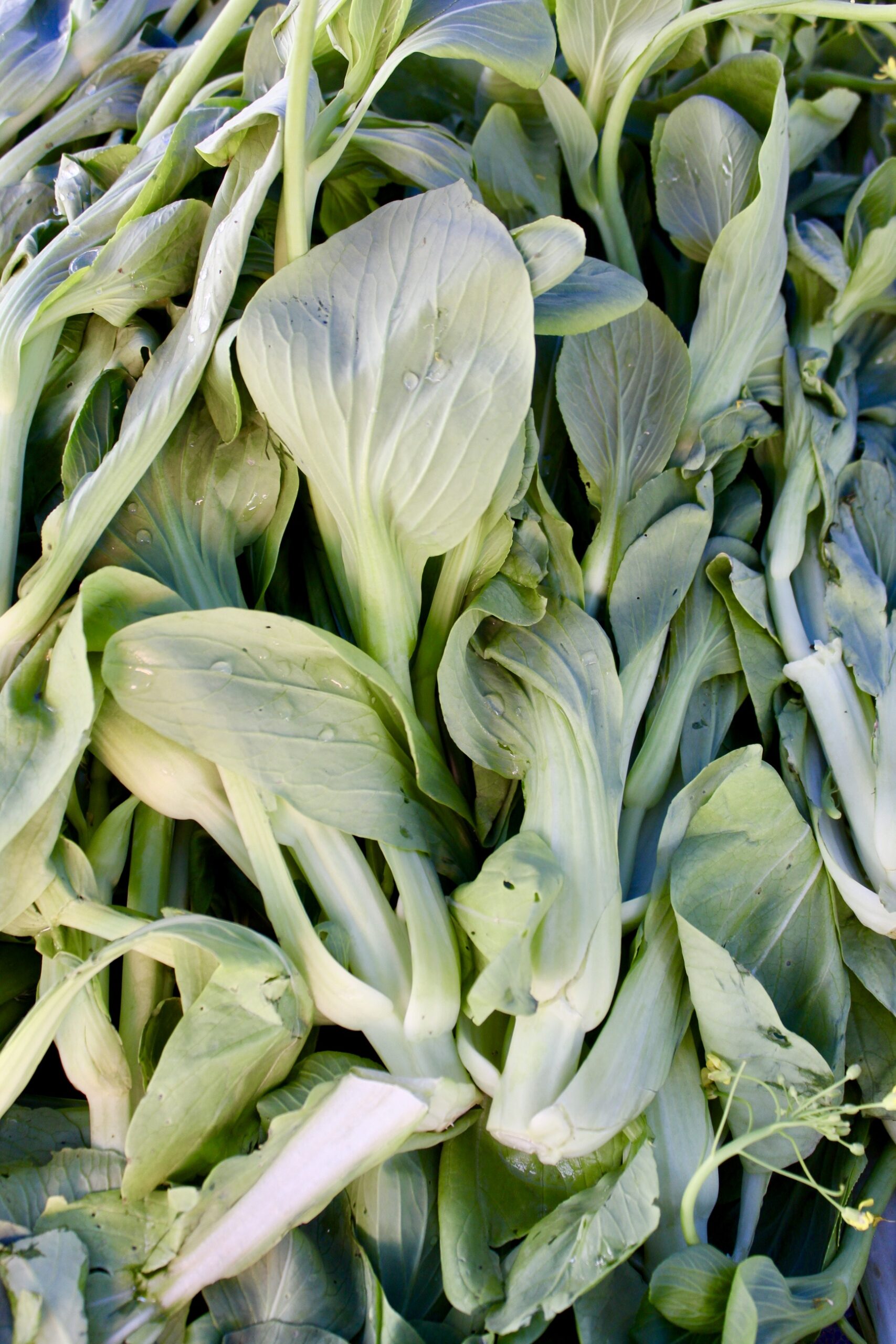Leafy Greens Series: Bok Choy
December 8, 2019
Everybody knows that you have to get your greens in every day, right? But why is that, exactly? What do greens have in them that make them such “superfoods” and such “nutrient powerhouses”?
Instead of taking everyone’s word for it, it’s about time to learn for yourself exactly what nutrients they contain and why they’re important.
Here’s the bottom line: Eating a diet that’s rich in leafy greens has numerous healthy benefits, including a reduced risk of heart disease, high blood pressure, inflammation, and even some types of cancers.
That’s why we created this blog series to highlight some of the coolest and healthiest leafy greens to highlight their benefits so that we can all learn a little bit more about how our body is affected when we eat them. Join us as we educate ourselves!
Important note: The information in this blog series is not exhaustive. Not all the foods’ nutrients and health benefits are listed here, but rather just those most prominent and distinctive; the highlights of their nutritional properties. We are not nutritionists and don’t pretend to be. All information sources are listed at the bottom of the article.
Bok Choy
You might have seen this green in your ramen or at your local Asian supermarket, and that’s because it’s a very popular ingredient used in Asian cuisines. It’s a type of Chinese cabbage, and a member of the cruciferous vegetable group, which includes broccoli, cauliflower, and kale. It’s crunchy, delicious, versatile, and packed with vitamins and minerals. Fun fact: the word “bok choy” comes from the Chinese word for “soup spoon” because of the shape of its leaves!

Cruciferous Vegetable
As a member of the cruciferous family, bok choy shares a range of antioxidant and anti-inflammatory properties that have been shown to help people with all sorts of things from maintaining their blood sugar levels, to preventing heart disease, and even to significantly lower the risk of developing lung, prostate, and colon cancers. This is due to the high fiber content that cruciferous veggies contain. Fiber keeps the bowels moving and healthy and thus creates an environment in which cancerous cells are less likely to develop.
Selenium
Bok choy contains a mineral called selenium, which plays an important role in immunity, cognitive function, thyroid function, and cancer prevention. It helps detoxify cancer-causing compounds in the body and prevents inflammation and tumor growth rates.
Vitamin C
It’s an excellent source of Vitamins A and C, which both help with immune system function and play an important role in skin and hair health, respectively.
Vitamin C assists with the production of collagen, the building block of skin, as well as collagen’s ability to smooth wrinkles and improve overall skin texture. It also helps protect against sun, pollution, and smoke damage.
Choline
It’s also rich in choline, which helps with sleep, muscle movement, learning, and memory. In addition, it helps cells keep their shape as it is responsible for the cell’s membrane, it absorbs fat in the body, and reduces chronic inflammation.
Bone Health
Bok choy contains iron, phosphorous, calcium, magnesium, zinc and vitamin K, which all contribute to a healthy bone structure. Along with Vitamin C, iron and zinc also help with the production of collagen which also helps produce healthy bones, as it is the most abundant protein in the body and is what holds the body together. Vitamin K, as we know, helps reduce the risk of bone fractures by keeping a healthy balance of calcium in the body, and the right amount of phosphorous and calcium are needed in order to maintain good bone structure and bone growth.
How to Use Bok Choy
As a relatively fresh green with a neutral flavor, box choy can be used in many different ways. And although it’s usually paired with Asian flavors, it goes well with almost anything.
You can steam bok choy and serve topped with a delicious vinaigrette or dressing of your choice.
Pickle the bottom white stem parts; chop them up in half moons (these are the freshest and crunchiest part of the bok choy!) and add into a brine of vinegar, salt, and sugar.
Char it on a grill, drizzle with extra virgin olive oil and serve with some freshly chopped Fresno chilies.
Sauté it with lots of onions and serve on top of some roasted potatoes.
Blend the whole leaves into a leafy green soup or add to whole-grain soup with ginger and soy.
How do you eat bok choy? Let us know in the comments below!
Source: healthline.com, mercola.com, medicalnewstoday.com
be the first to comment